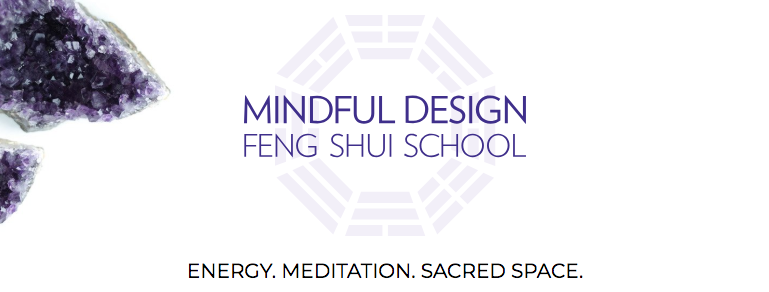Hardwood floors bring character, warmth and comfort to a room. From species to finish, you have a lot of choices to mull over. And there’s more than just the look to consider. In fact, before you start to narrow down your style choices, you’ll want to consider these things:
What type of wood flooring?
When it comes to wood flooring, you have two primary choices: solid hardwood and engineered hardwood. The first is just what it sounds like. The second is a veneer layer sitting on a core of plywood. Before you decide which type of wood floor is best for you, however, you need to consider several of the following factors:
What will be underneath?
Your sub-flooring is likely one of three things: concrete slab, plywood or particle board. This will help determine whether you use solid hardwood or engineered hardwood. For example, if you have a concrete slab, you’re going to want to focus on engineered hardwood.
What level of your house are you flooring?
If you’re looking to put a wood floor in a finished basement, go with the engineered wood. It will hold up better with the moisture. Similarly, stick with the engineered wood floor if you’re planning on using it for a bathroom or other area of the house where moisture may be higher than normal. Otherwise, solid hardwood is a viable option.
How hard are you on your floors?
High-traffic rooms and homes with kids and pets are better suited to harder wood species. Red Oak is considered the ‘hard’ hardwood floor of choice for its durability and cost. Among other popular wood species choices, hickory and maple are harder than oak, while walnut is softer. When selecting your flooring, do your research and understand how well your desired wood type will hold up to the wear and tear of your lifestyle.
What’s your style?
Now’s the time to look at the big picture. Consider the other elements in your room. What color are the trim, cabinets, and wood furniture? Will the room’s natural light be enough to balance dark wood floors? Is your preferred style more modern or traditional? Do you prefer exotic wood varieties? Is your eco-friendly side interested in exploring reclaimed wood or bamboo? Armed with the facts about your subfloor and room use, you’ll be able to pick the right look for your style and budget.




